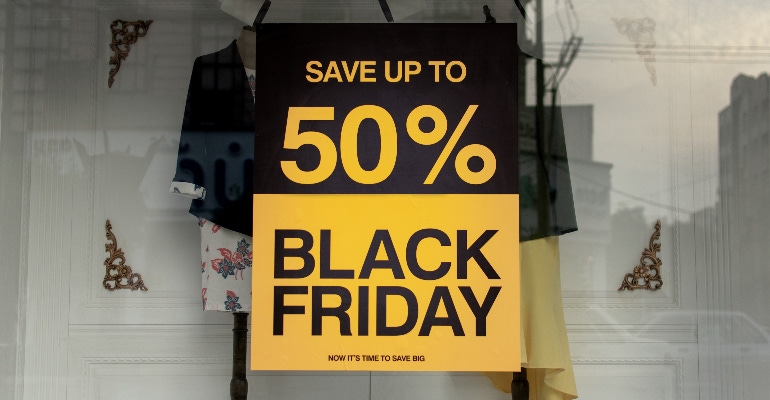How COVID-19 Changed Black Friday in the U.K.
How will a new focus on e-commerce and lockdowns on physical retail affect one of the western world’s most adored shopping events – Black Friday?

With the U.K., Germany and France entering a second lockdown in November – and the U.S. still facing social distancing, curfew and stay-at-home rules across varying states – the Black Friday we know and love is looking quite different in 2020.
In the U.K., Black Friday and Cyber Monday were predicted to generate £6 billion in sales before national lockdowns were announced, according to a report by Finder.com.
Now, with the “Golden Quarter” of retail facing lockdowns across November in the U.K., Black Friday’s predicted sales value is now £4.7 billion – a deficit of £1.2 billion.
With the overall ‘Lockdown 2.0’ costing U.K. retail £2 billion a week (Charged Retail), buyers are split into two camps, those turning to ecommerce platforms to browse deals and buyers waiting until lockdowns lift and the January sales begin.
Overall, 38 percent of shoppers say they are already looking to spend this week (PwC), a dip compared to the 51 percent of those asked before the one-month November lockdown was announced. In total, PwC predicts Black Friday to take a 20 percent sales loss, but with the event yet to conclude, the findings from this year’s – primarily digital – event will speak volumes for our attitude toward spending in 2021.
For example, news of not one but three new vaccines being made available to the U.K. in the Easter period and new, lighter rules surrounding Christmas socializing are already increasing positivity for the year ahead, especially for physical retail.
According to GlobalWebIndex, one in four consumers are still considering shopping in-store or looking for deals in person this holiday season – a number which is predicted to grow given existing consumer priorities.
Global retailers are facing a higher expectation for improved online offerings as well as increased click and collect services and enhance in-store safety, meaning physical retail is far from gone in the hearts of the consumer.
As brands like M&S buck the “doorbuster” trend once associated with Black Friday with appointment shopping, Walmart spreading its holiday over three weekends and Amazon Prime Day already taking in $10.4 billion in the US, retail holidays, Black Friday and the overall Golden Quarter for shopping may take a hit this year, but is already showing signs of lasting change for how we shop in 2021.
About the Author(s)
You May Also Like








